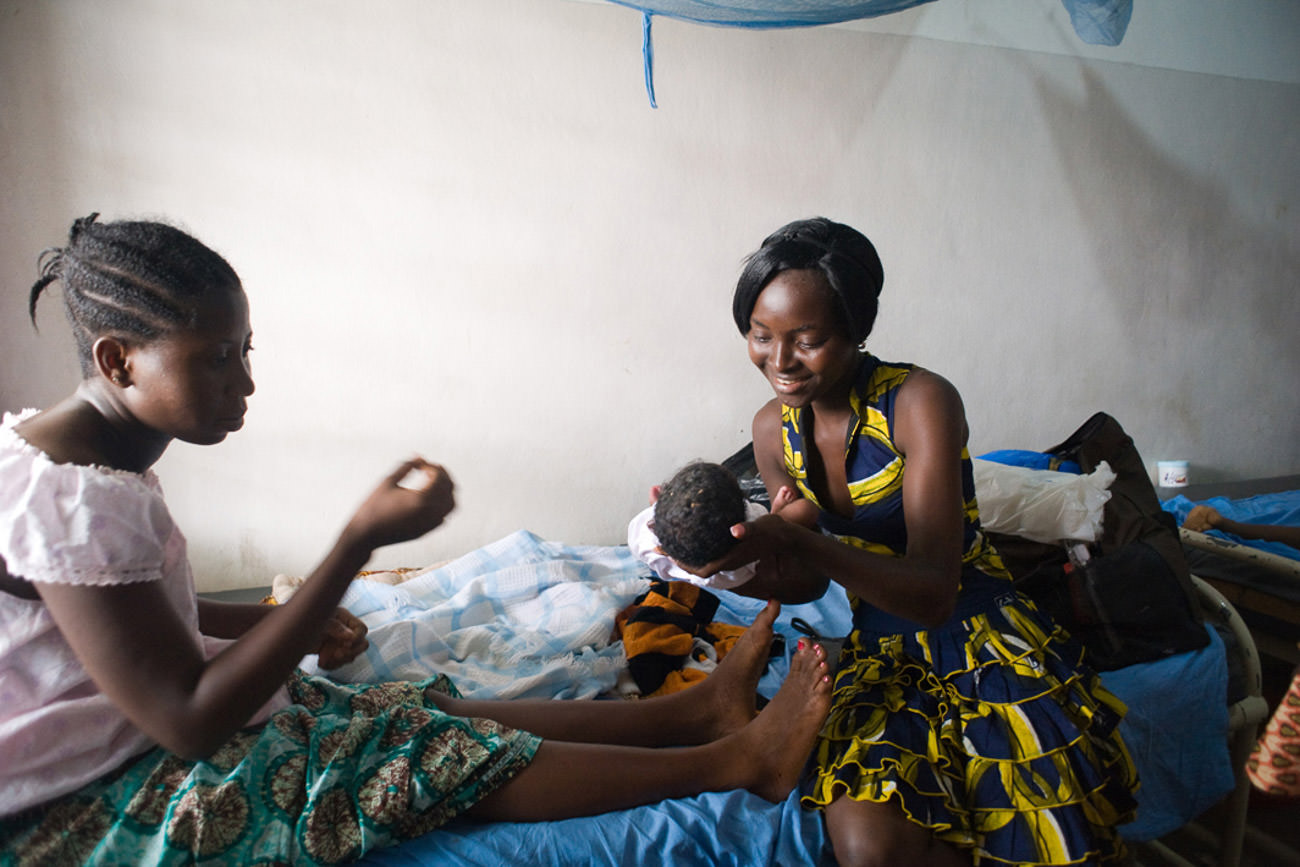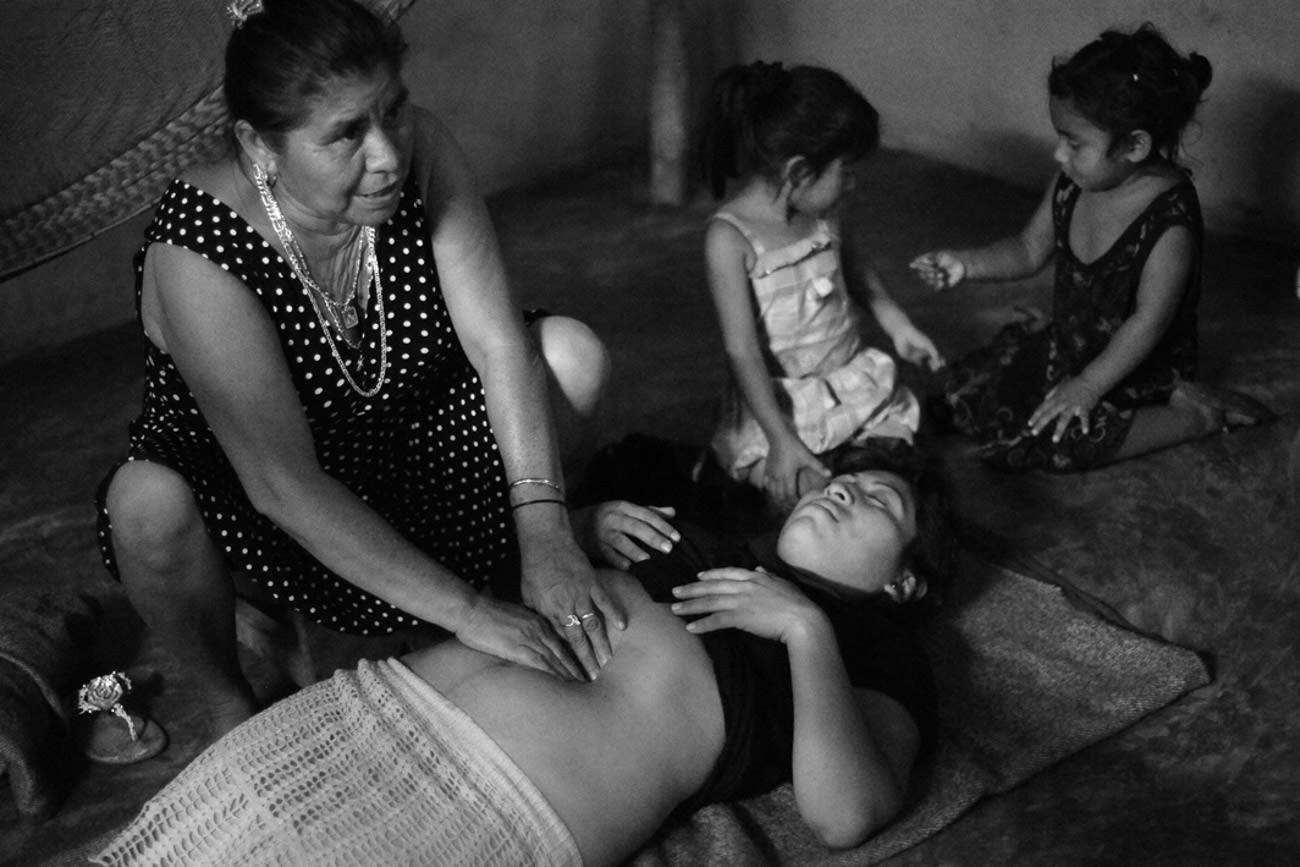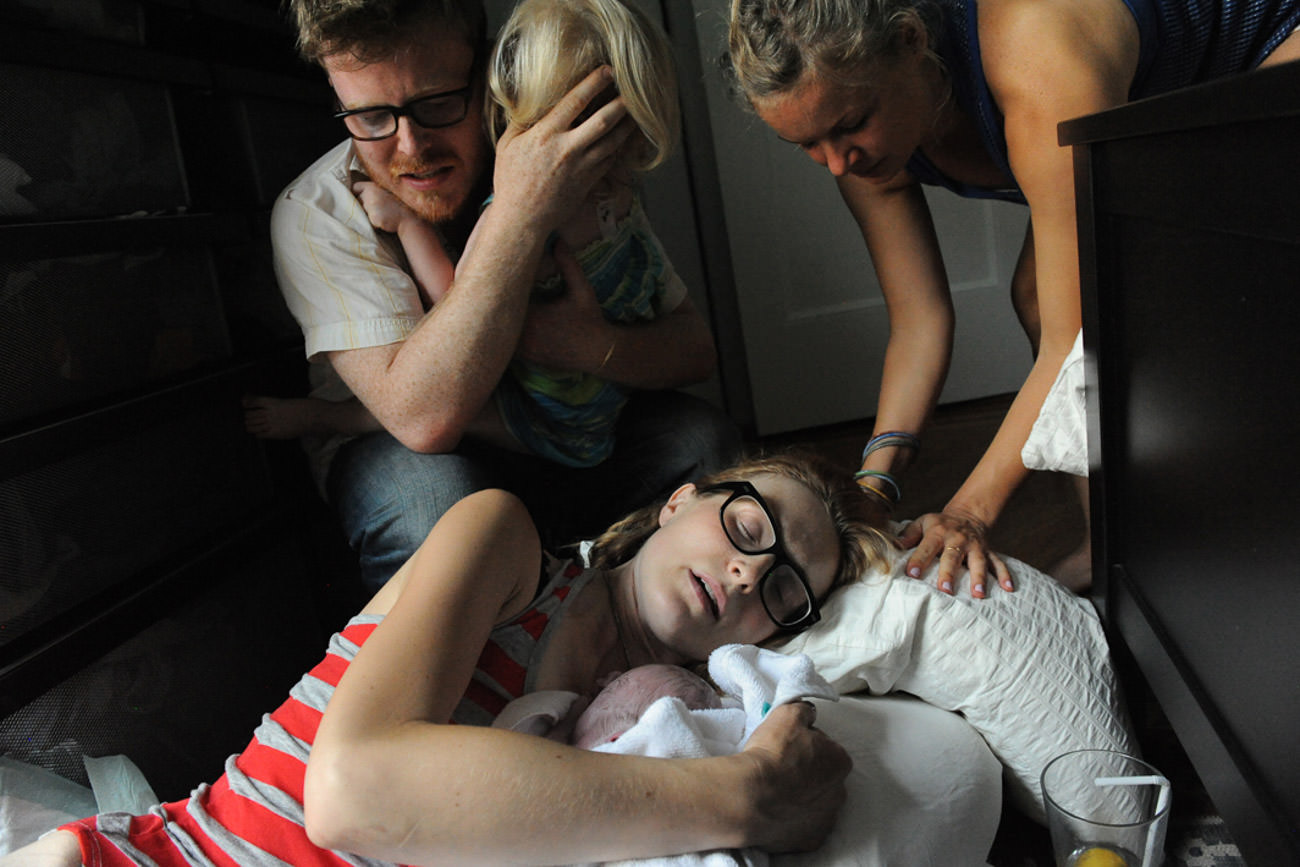What is birth?
Is it a medical procedure with all the associated risks? Is it a spiritual experience? Or is it just a normal biological process?
How does tradition determine what birth means? What role do doctors and midwives and institutions play?
I’ve used my camera to look for answers to these questions in hospital rooms, birthing centers, clinics and people’s homes.
I started in 2006, taking a series of photos of Juan Pablo Pina hospital, an underserved public facility in san Cristóbal, Dominican Republic. What was intended to be just a photo story about a public health failure became a long-term personal project about the nature of birth itself. In the eight years since, I’ve photographed women giving birth in a Doctors Without Borders clinic in Nigeria, a midwifery school in Mexico, a midwifery-based maternity ward in Massachusetts and a birthing center in Florida.
My work has shown me a range of birthing approaches and circumstances, each sharing a similar outcome but distinguished by mothers, caregivers and culture.
Like death, the subject of birth is often proscribed, and the United States has few rituals that would allow us to contextualize and understand the process. In the past, most women in the western world would have seen someone give birth before having a child of her own, but now many of us do not. The less exposure we have to birth, the less we understand it, and the more we tend to medicalize it.
Birth has elements of struggle, strength, transformation and mortality that aren’t visible in most images of women’s bodies. Birth looks intense, powerful, mammal and uncontrolled.
My role as a photographer gives me permission to be curious and nosy and to witness intimate stories. I’m not a midwife or a doctor or a politician; I leave the work of delivering babies and legislating care to others. My area is asking questions and looking at the larger ideas behind birth and women’s work by finding images that speak about things both literal and symbolic.





